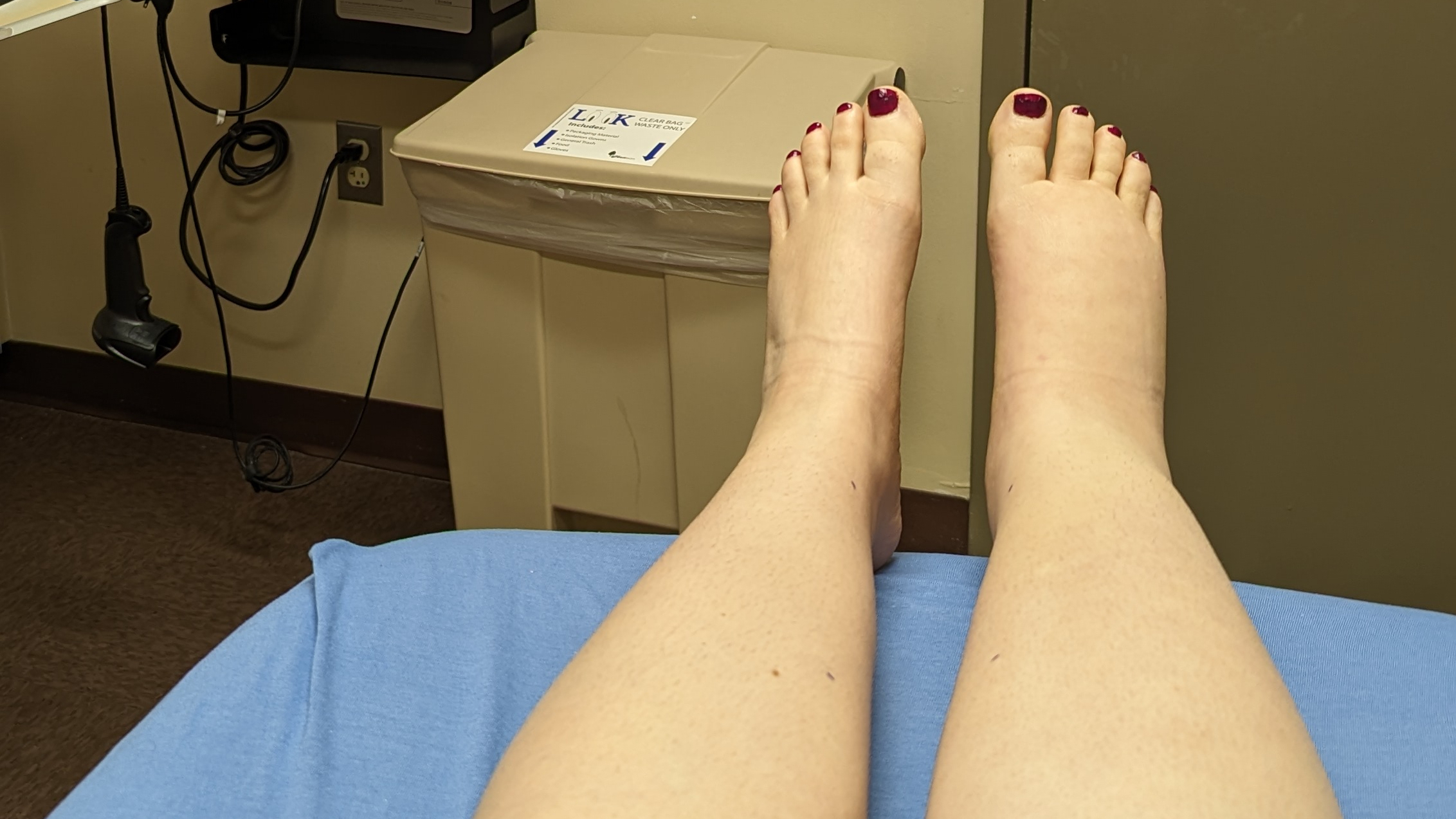We may no longer have to wait until pigs fly for effective lymphedema treatment.
Recent studies indicate that a possible new treatment option is on the horizon, thanks to a group of California researchers, scientists, and lymphie pigs. (Yes—pigs!)
On June 7, researchers at the Stanford School of Medicine published a study in the journal Biomaterials that carries some pretty big implications for lymphedema treatment.
For the study, Stanford engineers and doctors worked alongside scientists from the California-based company Fibralign to test a technique using a scaffolding composed of collagen nanofibers dubbed “BioBridge” as a way to essentially reroute the lymphatic system around the blockages that cause lymphedema.
The researchers surgically implanted BioBridge nanofibers coated with fragments of lymph nodes in eight pigs with lymphedema. (Lymph nodes are known to stimulate new lymph vessel growth.) The BioBridge scaffolding was stretched over lymphatic blockages like—well, like a bridge!—and the results were just as the researchers hoped:
After three months, the eight pigs that had received BioBridge scaffolding had 27 lymphatic collector vessels per square millimeter in the area around the implant, significantly more than the 1 lymphatic collector per square millimeter seen in control animals. Moreover, animals with the nanofibers had reduced fluid buildup in their limb affected by lymphedema. (Stanford Medicine News Center)
Over the course of three months, the pigs’ lymphedema had improved: the implants stimulated growth of new lymph vessels, bypassing the lymph blockage and reducing swelling in the affected limbs. After following up with the animals for six months, no adverse health events were observed.
Despite the sample size for the study not being as large as the researchers would have liked, they remain optimistic for successful future studies on humans: Fibralign is planning a small clinical trial in Latin America, and Stanley Rockson, MD, is planning a Stanford-based study testing the BioBridge treatment in patients with breast cancer-related lymphedema.
A big thanks to the research team for their amazing work and dedication, but also thanks to the BioBridge test piggies for their contributions, too!

But hold on—there’s even more news on lymphedema research and treatment to share!
Oklahoma Medical Research Foundation scientist Sathish Srinivasan, Ph.D., has been awarded a four-year $1.77 million grant from the National Heart, Lung, and Blood Institute to investigate the development of the valves that regulate the flow of fluid within the lymphatic system.
By identifying the mechanisms regulating the formation of these valves, Srinivasan and the researchers can go on to determine if these mechanisms are defective in patients with lymphedema; they then can determine how to target the mechanisms for therapeutic purposes and eventually treat patients.
“If we can identify [and] know the mechanisms at work, then maybe we can work with pharmaceutical companies to develop drugs to help the root of the problem,” Srinivasan is quoted in Oklahoman newspaper the Norman Transcript. “This grant presents us with the opportunity to make the most of our findings.”
Further Reading
Wow—what a big month for research news! I’m so excited to see what these studies yield as far as lymphedema treatment options. I’ll keep you posted as more information comes out, but in the meantime check out the articles below to read more on this exciting research!
- Stanford Medicine News Center: “Study shows nanofiber scaffolds could treat lymphedema by rerouting lymphatic system around blockages“
- United Press International: “Method to reroute lymphatic system may help lymphedema treatment“
- Norman Transcript: “OMRF researcher awarded grant for lymphatic valve research“




Leave a Reply to JackieCancel reply